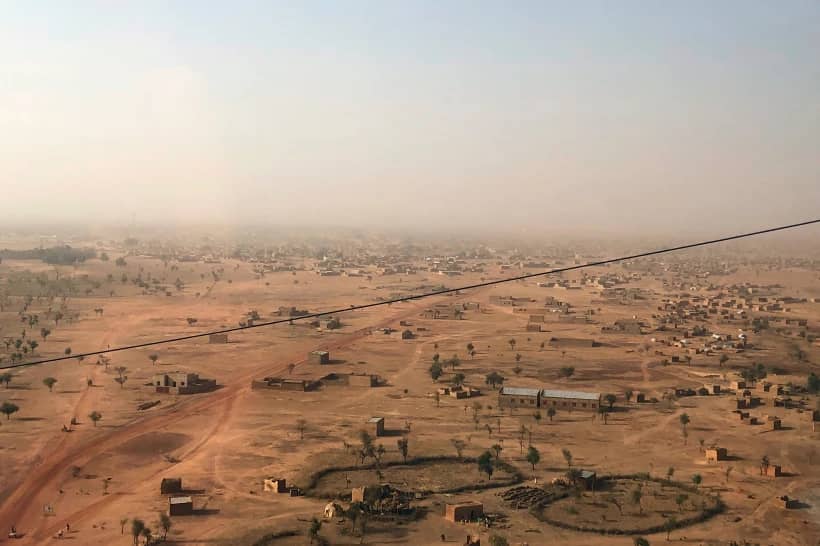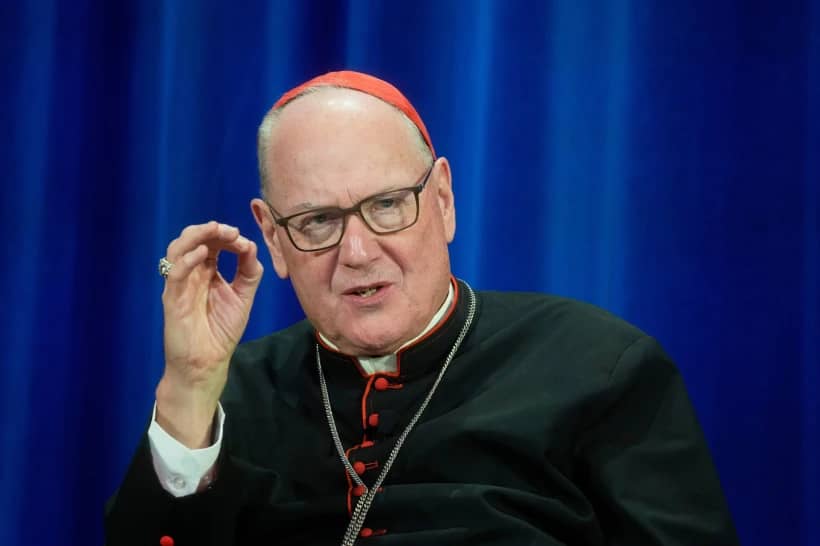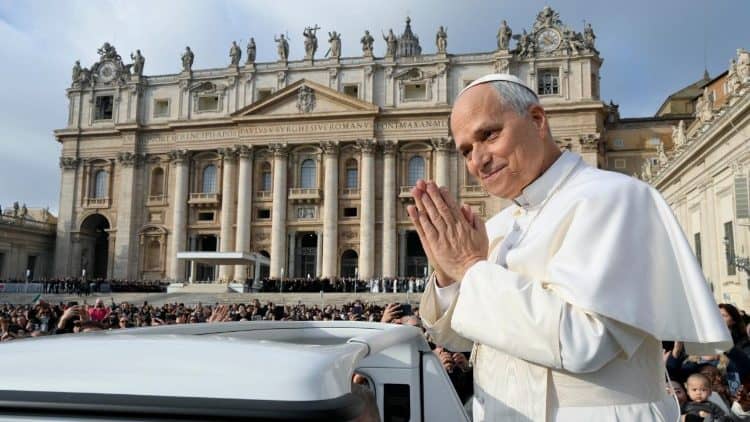Barely three years after the highly contagious Ebola virus struck Sierra Leone, killing roughly 4,000 people with 14,000 confirmed cases, the impoverished West African country is once more in the throes of disaster.
Weeks of heavy rain led to the collapse of a side of Sugar Loaf Mountain on August 14, crushing a settlement underneath called Regent. The mudslide also swept away houses in two other localities, Kaningo and Kumayama.
Nearly 500 people have died with over 600 still missing, even as emergency relief teams continue to remove corpses from the rubble.
“It is difficult to know the precise number of victims,” volunteer body collector Fessellie Marah told the BBC, “because so many bodies were broken apart.”
The disaster has brought in significant numbers of charities, including Catholic Relief Services, or CRS, the official overseas humanitarian and development arm of the U.S. bishops.
Describing the situation as “heart-wrenching,” the acting country representative of CRS in Sierra Leone, Lori Kunze, told Crux that “thousands of survivors have been left homeless. In addition to losing all of their belongings, these survivors have suffered real trauma as a result of this disaster.”
She relates stories of the “piercing sounds of mothers and children crying as they looked for loved ones,” and “the sight of body parts streaming through the streets,” as well as a “woman whose three children died during the Ebola epidemic, and her only surviving daughter was killed by the mudslide.
“It will take a long time for the communities directly impacted by these landslides to return to normal,”Kunze said.
She said beyond the immediate needs such as food, shelter, water, and hygienic items like soap and toothbrushes, people need psycho-social support, because they are going through “a complicated grieving process.
“As a result, we’ve deployed social workers to the affected communities to help them cope. So far, we’ve reached more than 200 people with this type of support,” Kunze said.
She said experience garnered during the 2014 Ebola outbreak in terms of emergency response has been instructive in the way CRS and other relief agencies are responding to the current crisis.
She said CRS is supplying water to people who are in the camp sites along with mattresses and blankets. The organization has also joined with other organizations to form teams of social workers to provide counseling and support.
“Together this team has met with over 200 people. Finally, we’re assisting the government with burials. That was one of our strengths during the Ebola epidemic and we’re building off of that experience to provide similar support,” Kunze said.
The fear of disease
Beyond the pain of losing loved ones and the associated psychological trauma is the lurking fear of the outbreak of disease.
“The greatest risk of disease outbreak actually comes not from unrecovered bodies, but from overcrowding and [poor] hygiene in camp sites where flood victims have been staying,” Kunze said. “Children have begun to report upper respiratory symptoms.”
The government of Sierra Leone has prepared cholera prevention messaging which is being broadcast throughout the country via radio and social media, and a three-month cholera response has been developed. There are currently no confirmed cases of cholera, but the fear lingers.
Authorities say they are digging up corpses in efforts to avoid a scenario in which fluids from contaminated corpses get into the water supply system.
“We are doing all we can to ensure cholera does not break out,” Samuel Turay, an official at the health ministry told Reuters News agency.
But the deputy health minister, Madina Rahman, warned of a “possible cholera outbreak… as a result of the contaminated water pooling in the streets and bodies lying in the open.”
Alexander Chimbaru, the Officer in Charge of the World Health Organization in Sierra Leone, says the organization is working with the government to avoid such a scenario.
“With damage to water and sanitation facilities, residents of affected areas are particularly vulnerable to outbreaks of pre-existing infectious diseases including malaria and diarrheal conditions such as typhoid and cholera,” Chimbaru said.
However, he notes that it’s the population that must take the lead in the effort to keep these threats at bay. He called on the affected population to carry out simple, potentially life-saving tasks such as “hand washing, drinking only water that has been properly boiled or treated, use of latrines for sanitation, and adherence to good food hygiene practices.”
Burying the corpses
Zaino Parker, an official with Freetown’s city council says the corpses will be given dignified burials, and the graves will be specially marked for future identification.
“We have started burying some of the mutilated and decomposed bodies. All the corpses will be given a dignified burial with Muslim and Christian prayers,” Parker told Agence France-Presse.
He said many of the bodies are being buried in Waterloo, 20 miles south-east of Freetown, significantly in the same locality where victims of the Ebola outbreak were buried.
Sierra Leone’s President, Ernest Bai Koroma has said the devastation “was overwhelming us.”
“Entire communities have been wiped out,” Koroma said, before requesting urgent support.
A small nation of 7.4 million, Sierra Leone has suffered through more than its fair share of tragedies. Some 20,000 people have been displaced, 5,000 of whom are children, according to presidential spokesman Abdulai Bayraytay.
The people of Sierra Leone “are incredibly resilient, but they need our help,” Kunze said.

















